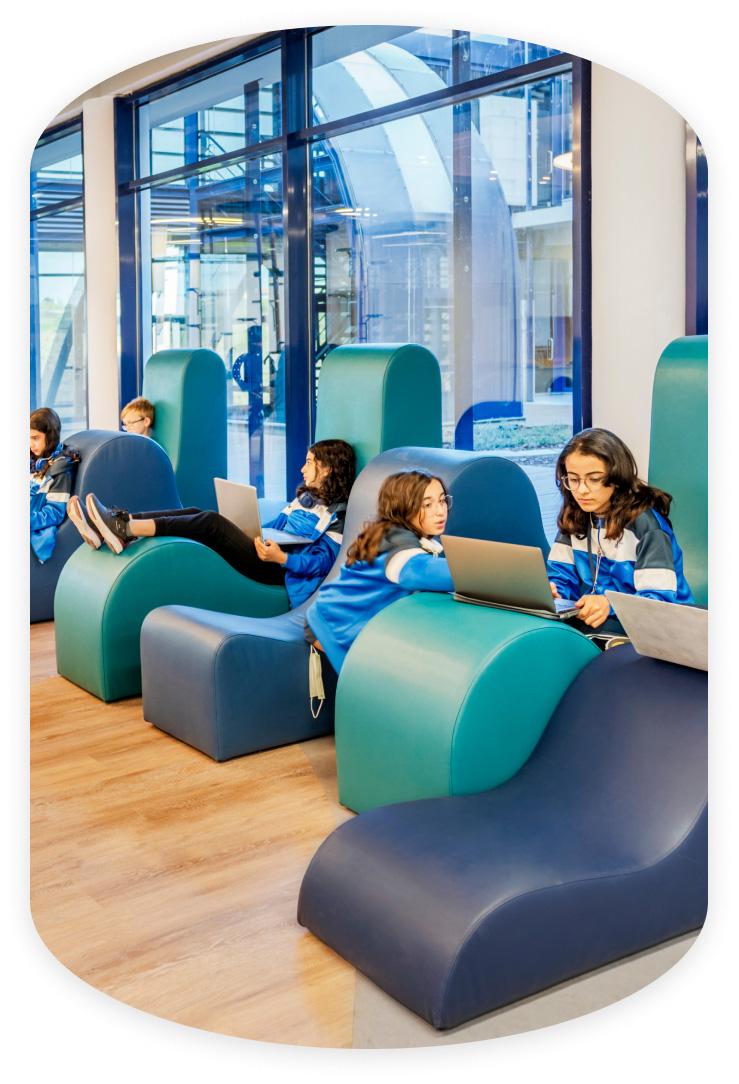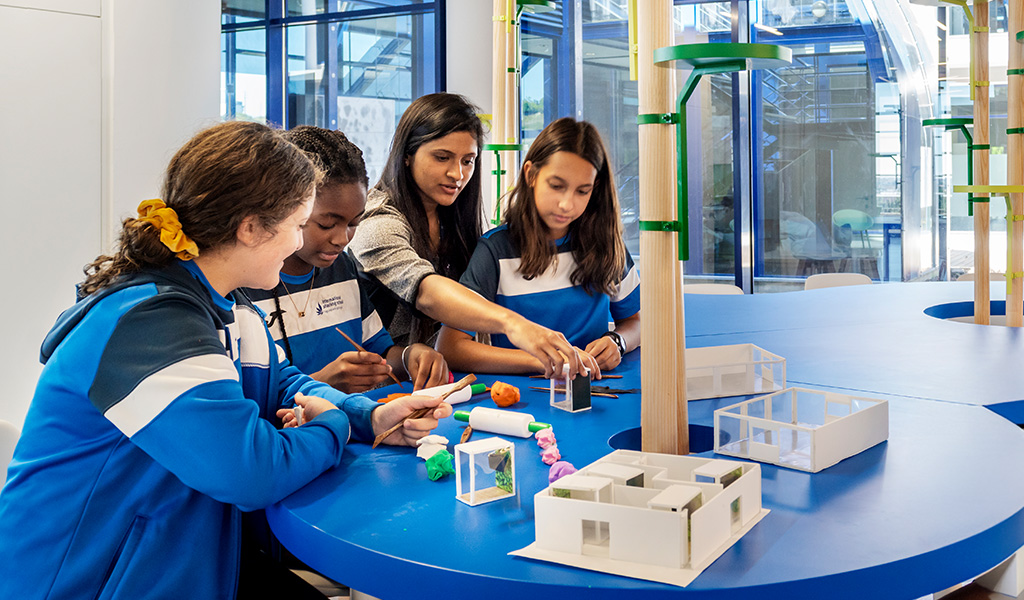Where we come from
Changing childrens’ lifes since 1980
Since 1980, we have been dedicated to helping your child grow as an individual. One thing about us is that our students have been able to learn about new cultures and make friends from all over the world, while achieving the academic goals they want.
Founded in 1980 by Mrs. Susan Farrow, Madeira British School offered British education in Funchal. The school expanded over the years and was acquired by the Sharing Foundation in 2013, becoming part of International Sharing School. In 2017, it achieved IB World School status, offering a full range of IB Programmes, from the Early Years (which is iserted on the Primary Years Programme) to the Diploma Programme.
Oeiras Valley
students (24/25)
Nationalities (24/25)
staff Members (24/25)
Teacher/Student
Ratio (24/25)

Madeira
Students (24/25)
nationalities (24/25)
Staff Members (24/25)
Teacher/Student
Ratio (24/25)

“Innovation in education starts by changing how we learn, creating spaces that inspire creativity, collaboration, and adaptability.”
Our educational approach centers around transforming the learning experience by emphasising dynamic teaching methods and fostering critical thinking, collaboration, and assertive decision-making in an environment designed for creativity and exploration.
We recognised that traditional classroom designs limited student engagement and creativity. To address this, we teamed up with designers, architects, teachers and physiologists to rethink how learning environments can stimulate both students and teachers. We introduced a variety of working areas that accommodate different learning styles, from quiet, focused spaces to lively, collaborative settings.
– Miguel Ladeira Santos, CEO of International Sharing School
Learning Environment
The School Community
Students have different needs depending on the development of their autonomy and this should be reflected in the learning environment – both in the physical layout as well as in the sizes of the community they are part of.
The diagram on this spread shows an overview of the programme structure that clarifies the gradual differences for each of the year programmes. For instance, the PYP students share a community among more students, with several home bases. While in MYP, the home bases are replaced by mentor spaces, and for the DP students the spaces become even more flexible as bookable mentor spaces.
The community size grows as the students advance in the grades, going from 24 to 60 students per community. The purpose of this growth is to increase the level of independence of the student as they develop autonomy and take more responsibility for their own learning process, by learning how to learn.
The teacher-student ratio is densest for the youngest students – and gradually drops as fewer teachers are required when the students grow more independent.












